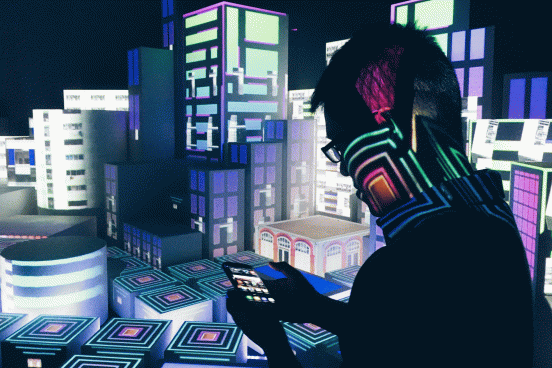I find that spending time reading about the future of open education is a comparable experience to reading any new science-fiction novel – it is an enjoyable experience, as it excites the mind by laying out technologies or situations that seem plausible; yet once the experience is over, and I am snapped back into the real world, I am reminded as to what it was – an engaging work of fiction.
The readings this week, from my perspective, were very much an engaging fiction. Stephen Downes’ article A Look at the Future of Open Educational Resources begins simply enough by engaging the reader with an the overview of the movement – a decidedly non-fiction account, summarized as such: online course packages led to increased sharing, which led to MITs courseware, which occurred concurrently with the development and release of open software, which sparked the foundations of Creative Commons creating licenses for distribution of these ideas, which led to UNESCO defining open in terms of these licenses, which led to the development of MOOCs. What is important in this transition, Downes notes, is that what began as governmental or institution/foundational support morphed into concern with commercial viability and the connection of open to a product – outlined as bundling, enclosure or conversion. Essentially, the commercialization of open education.
Downes goes on to acknowledge that OERs are in flux due to four emerging ideas: AI, cloud computing, open data, and content-based addressing. And here is where I felt both tantalized and exasperated. Downes outlines these ideas, painting a future where a sea of open data in information and algorithms allows students to use, control, and build content to an extent that licensing will be irrelevant. He never finds the time to mention how the commercial aspect will be scrubbed from this, or if it will. But I was certainly transported to a place where students develop adaptable skills and competencies by modifying resources and utilizing real-world data. No longer forced to memorize curricular points, students are creating solutions and driving technology and knowledge forward, open for all, free for all, unencumbered by corporations and the need to monetize.
Then it was over. And I remembered that my teaching partner still uses an over-head projector to show transparencies from our mandated textbook. This future seems very futuristic indeed.
PHOTO: “man inside computerized room” by Kevin Yup. Free to use, Unsplash.






